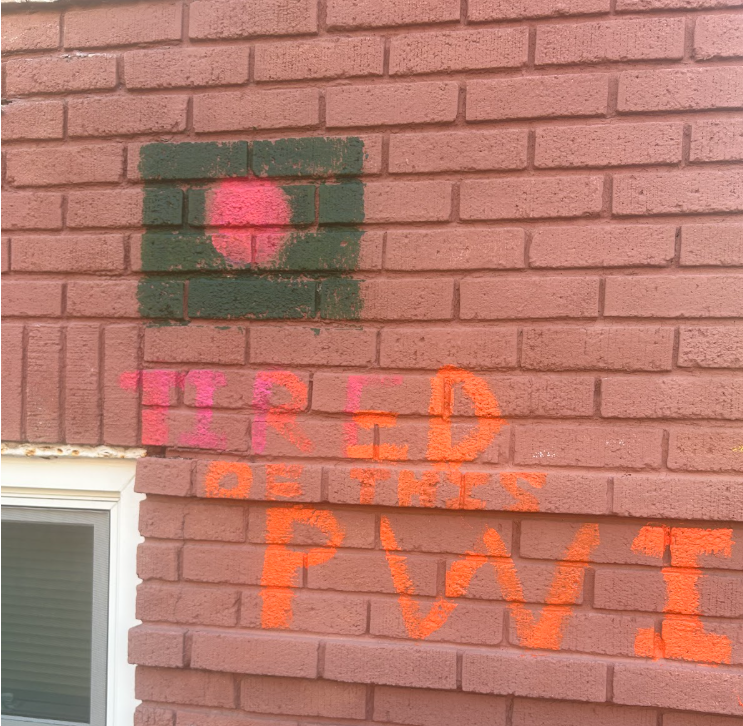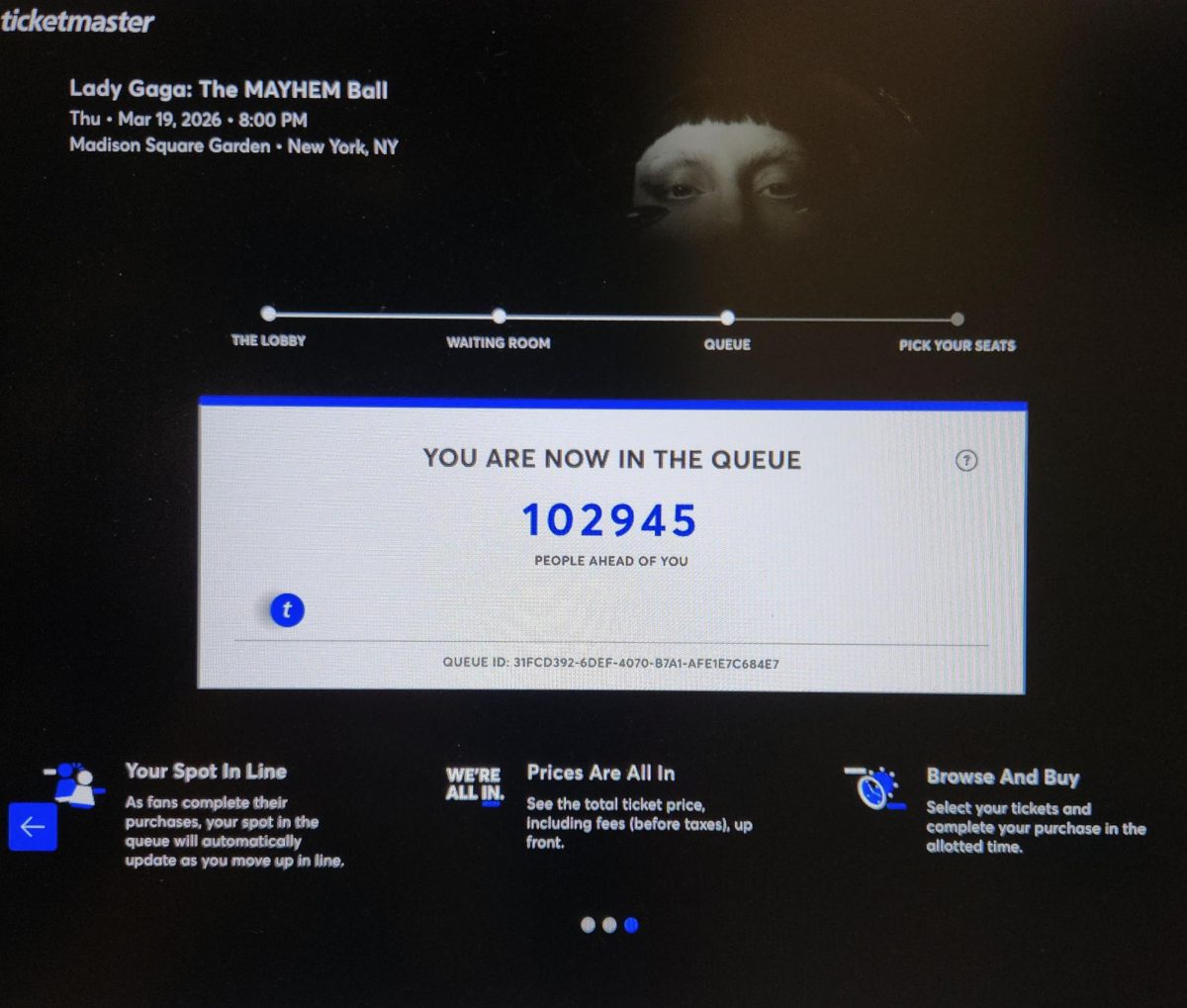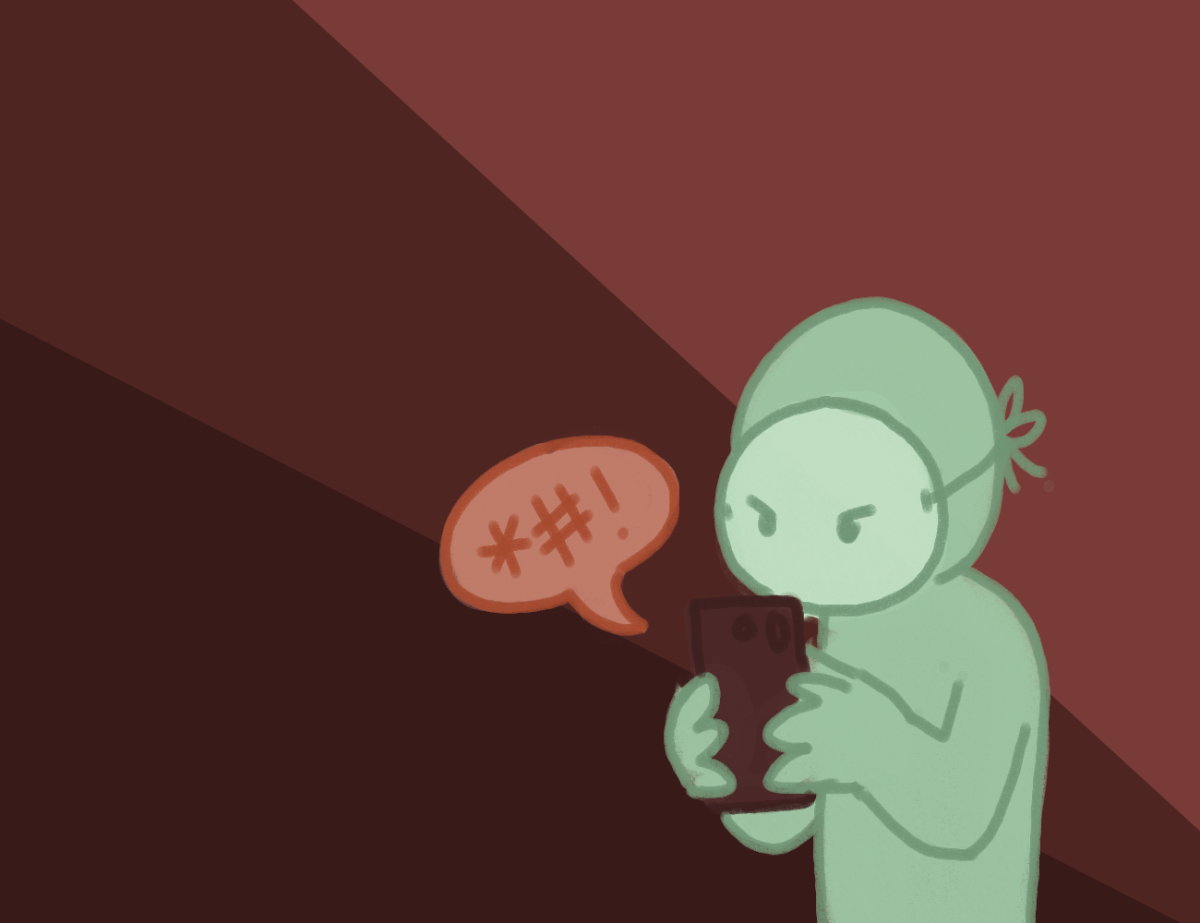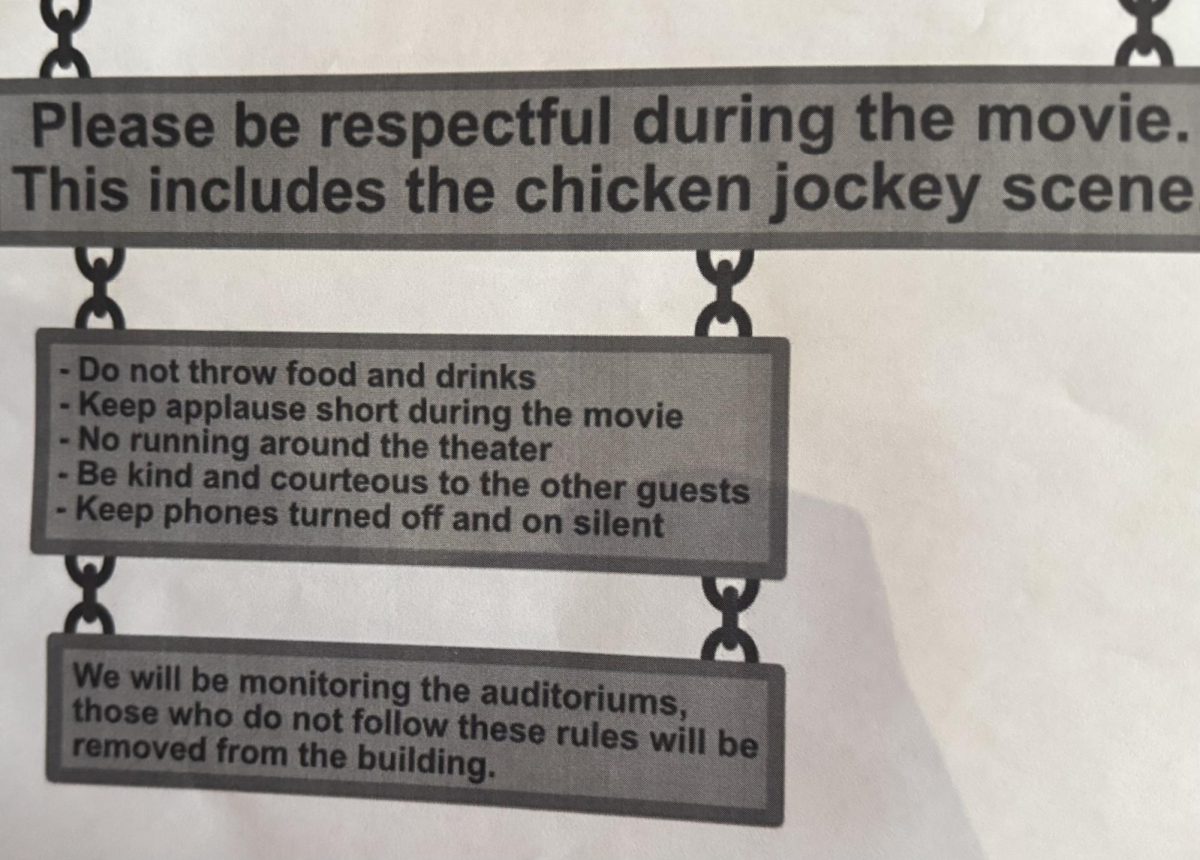In the vegetarian cooperative that I call home, I tried celebrating Bengali New Year by making a fermented rice dish. For the two hours that I was preparing this communal meal, a group of white students continuously joked about this food, questioning how fermented the dish really was, and the food safety of a cultural tradition that has existed for thousands of years. When I raised issue with this, I was “overreacting” and “trying to force my culture on others.” Someone attempting to mediate told me I should forgive the perpetrators.
While racism affects all students of color at Macalester, certain students are more vulnerable than others. As a Bengali American, I don’t have a language department or a specific cultural organization to represent me on campus. Even at MASECA (Macalester Association for South Asian Ethnic and Cultural Awareness), I am the only active Bengali student this year. The two Bengali professors I have met at Macalester are not tenure track, and one has already moved onto another school. And so when it came to celebrating my cultural new year with my fellow students, I did not have anyone to celebrate with. Neither was there any mention of Bengali New Year in the Mac Daily. It seemed like at Macalester, the holiday, the culture and the language dies with me.
Macalester functions as a place where students like me are made to assimilate because it is still deeply embedded in the culture of Minnesota, the same state where George Floyd, Philando Castile, Daunte Wright and many other innocent Black people were killed. White people in the Midwest and at Macalester do not like to talk about race. They are more scared of being labeled as a racist than they are of committing actual racism. When I had shared how I felt in the community group chat, only one white student had bothered to check in with me. In their haste to avoid the topic of race, they had forgotten that I was a human who had experienced harm. This uncomfortability stretches into the expectation to be the “perfect victim,” where sadness, and not anger, is the only acceptable response. Students like me are not supposed to assert their agency or center their feelings.
The question is, why go to Macalester? Because even while facing such pain and isolation, I cannot ignore the privileges that Macalester’s whiteness has given me. Coming from a low income background in New York City, the dorms were the first place in my life where I had heat all winter and did not have to worry about things like rats on my bed. Macalester taught me how to bike and go camping, and gave me a taste for fancy sparkling water. Even the physical space of the Macalester Groveland neighborhood has cleaner air and access to beautiful nature.
Therein lies the Minnesota paradox: that Minnesota is one of the best places to live for white people, but one of the worst places for Black people and other minorities. As a part of Macalester, I am a part of this white bubble that enjoys bike lanes and nearby grocery stores. But as I don my white mask to fit in, the Bengali inside of me is dying.
As Macalester celebrates another year as an institution that values multiculturalism and internationalism, I yearn for the feeling of speaking my mother tongue to a peer. Of the delicious smell of mustard oil over a stovetop. Hearing the melodious laughter when someone has won the Bengali board game Ludo. My hands were covered in paint after creating traditional art on the sidewalk for the holidays.
In these past four years, I’ve been forced to watch these memories drift farther and farther away for the sake of my education, my cultural identity beaten down by how white students and faculty treat me. In a few weeks, I will leave this institution, and there I go: the only Bengali person most of my friends will have ever known. On the bright side, I will no longer be the exotic accessory or angry person of color who has not yet understood that their feelings don’t matter.
One rare moment of joy for my identity was during the Lealtad Suzuki Center end of year party, where, alongside other students of color, I painted the outside building of the Cultural House. My artwork had the flag of Bangladesh, and I was teeming with joy of taking up space at an institution where I have been taught that my culture is savage and uncivilized. But by the next day, Facilities had painted over the mural, erasing it as if it had never existed. It vanished — just as this invisible story of assimilation and pain is destined to.







